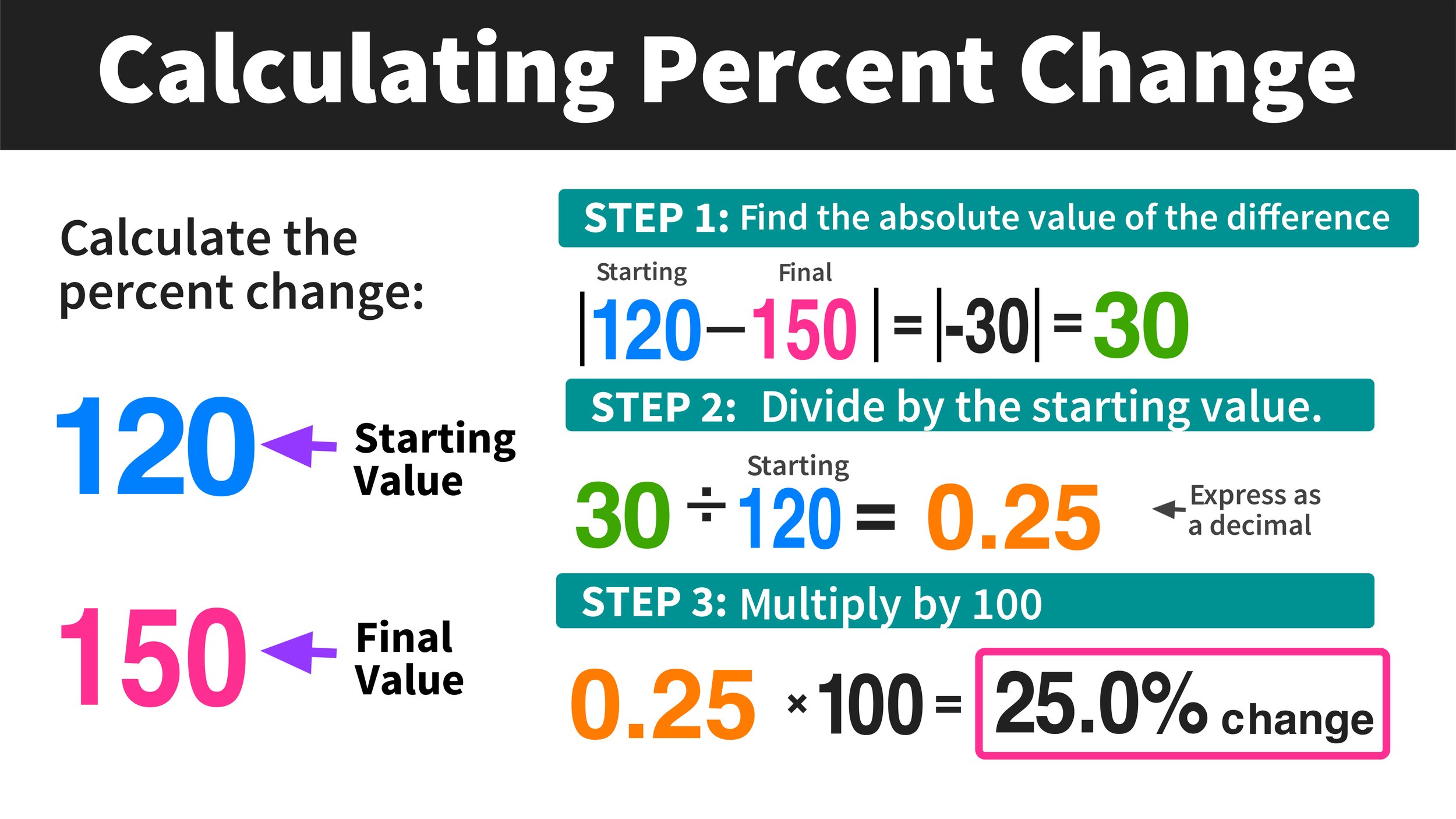How to Pass the Texas STAAR Test
This ultimate guide to passing your STAAR Test will help you understand how the exam works, how the questions are structured, and how to study so that you can not only pass the STAAR Test but earn an advanced score.
What is a STAAR Test?
The State of Texas Assessments of Academic Readiness (STAAR) Standardized Tests are given to students in Texas public elementary, middle, and high schools as a means of measuring student knowledge at each grade level.
What Grades are STAAR Tested?
The STAAR Tests knowledge and skills in reading, writing, math, social studies, and science. They are taken by all public school students in the state of Texas in grades 3 through12.
Is STAAR Test Mandatory?
STAAR Tests are mandatory for all public school students in Texas. Any private or charter school that does not receive funding from the state of Texas is not required to have students take STAAR exams.
How Long Are STAAR Tests?
Al students have four full hours to finish a STAAR test. The only exception to this rule is any end-of-course English exam, where students are given five hours.
Students are not permitted to leave if they finish early and are expected to sit quietly until the entire testing session has concluded.
What Happens If You Fail the STAAR Test?
The only students who are required to retake the STAAR Tests are 5th and 8th grade students who do not pass math and/or reading.
There are two opportunities provided to take the test during the school year, and if they don't pass the 2nd time, there is a meeting to determine if the student should attend summer school interventions, then retake it for the 3rd time or not. Often times the students are placed into the next grade level based on other assessment data gathered throughout the year. 8th graders who are in Algebra do not take the 8th grade Math STAAR. They will take the Algebra EOC to receive the high school credit for that course.
Image Source: wikipedia.org
STAAR Tests Taken by High School Students
Algebra 1
United States History
English I
English II
Biology
Image Source: HoustonISD.org
STAAR Released Test for All Grade Levels
The best way to prepare for and eventually pass your STAAR Test is to get plenty of practice and familiarity with the format of the exams and the kind of questions you will see.
Use the links below to access released STAAR Test questions and answer keys.
3rd Grade Released STAAR Test and Answers: Math | Reading
4th Grade Released STAAR Test and Answers: Math | Reading | Writing
5th Grade Released STAAR Test and Answers: Math | Reading | Science
6th Grade Released STAAR Test and Answers: Math | Reading
7th Grade Released STAAR Test and Answers: Math | Reading | Writing
8th Grade Released STAAR Test and Answers: Math | Reading | Science | Social Studies
High School Released STAAR Test and Answers: Algebra 1 | English I | English II | Biology | U.S. History
Sample question from the 2018 Algebra I released STAAR Test. Source: tea.texas.gov
STAAR Practice Test
Are you looking for more opportunities to practice for your STAAR Test? The links below share more opportunities to take a STAAR Practice Test for any subject:
3 Tips for Passing the Your STAAR Test
1.) view Released STAAR Tests and Released Tests
Many STAAR Tests (with corresponding answer keys) from the past several years are available for free online. Practice at home to gauge your readiness and identify areas of weakness that you can focus on while studying.
8th Grade Math STAAR Reference Sheet
2.) Know Your Reference Sheets for Math
Familiarize yourself with the math reference guide prior to taking the STAAR Test and know what formulas are included (and what formulas are not).
The reference sheet is valuable because it saves you from having to memorize many important math formulas, which will save your time and energy while studying.
Pro Tip: If there is anything that you have memorized for the exam, write it down on your reference sheet as soon as the test begins. By transferring the information to paper, you are freeing up valuable mental energy that you can put towards the exam questions.
3.) Break Up Your Studying
Cramming for a big test may do more harm than good. To learn more about the negative consequences of cramming, check out Why Cramming for Tests Often Fails by BBC.
Rather than cramming, try spacing out your study sessions over many weeks leading up to your STAAR test.
Have any questions or ideas? Share your thoughts in the comments section below!
(Never miss a Mashup Math blog--click here to get our weekly newsletter!)
By Anthony Persico
Anthony is the content crafter and head educator for YouTube's MashUp Math . You can often find me happily developing animated math lessons to share on my YouTube channel . Or spending way too much time at the gym or playing on my phone.
























































